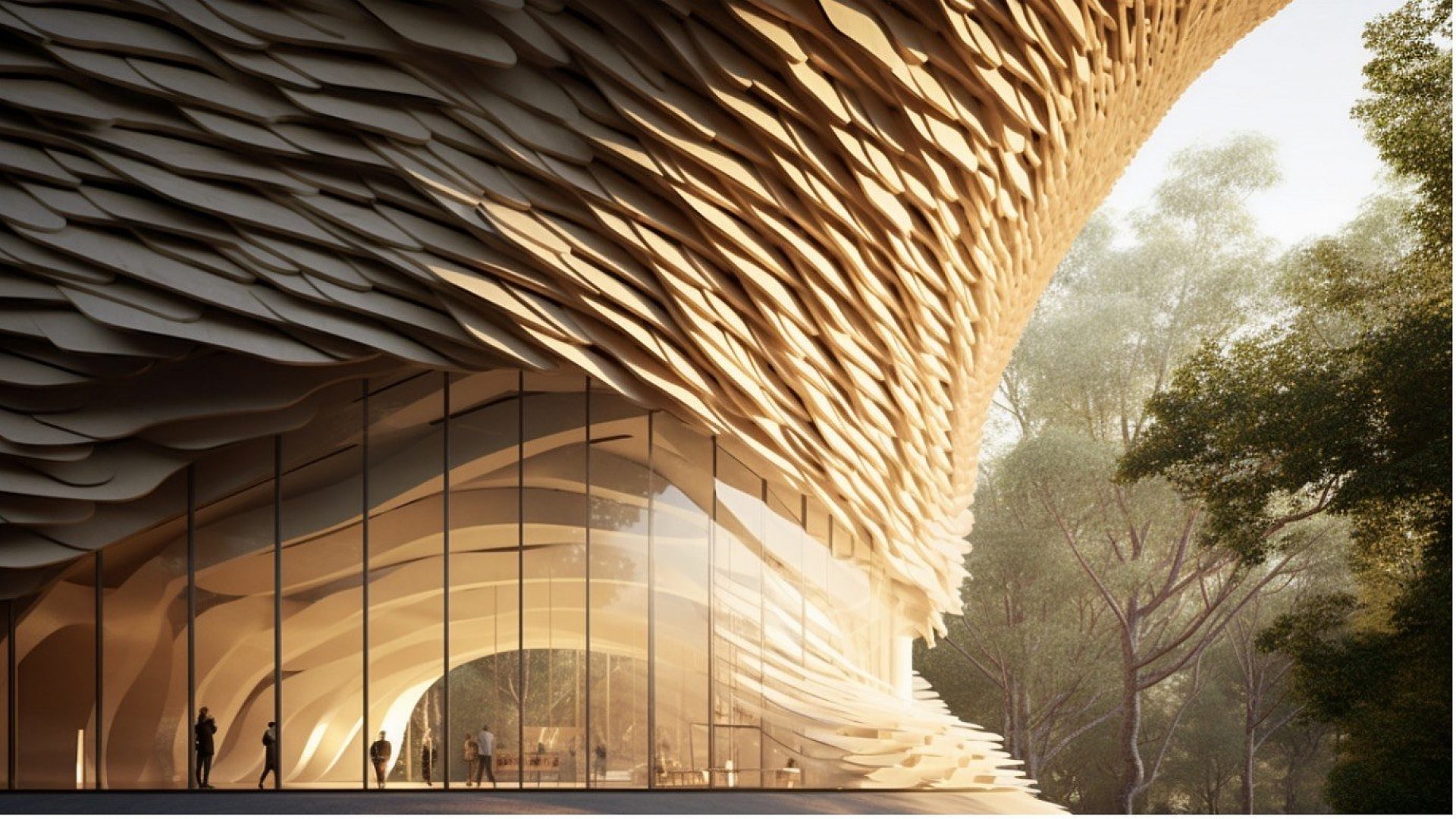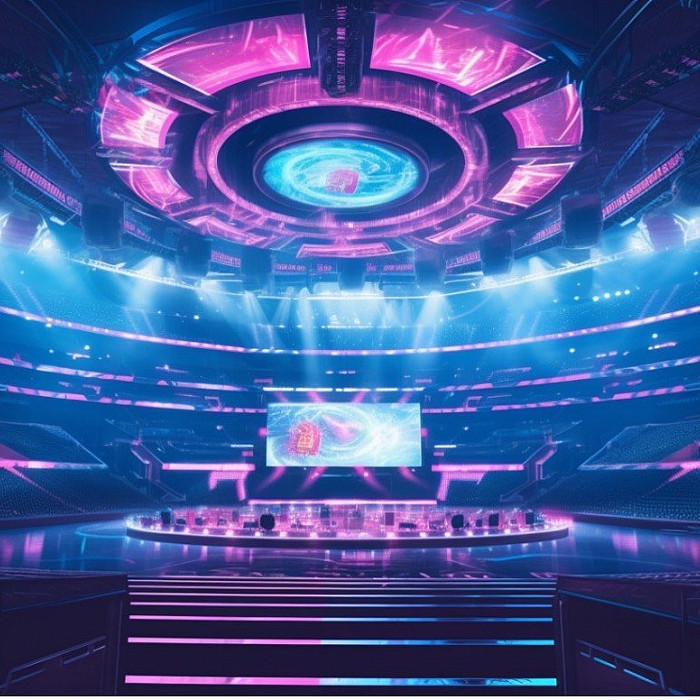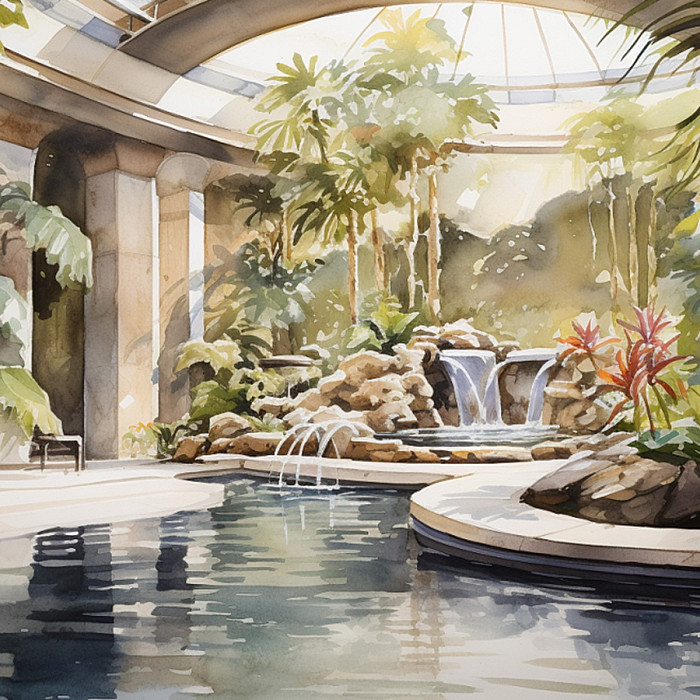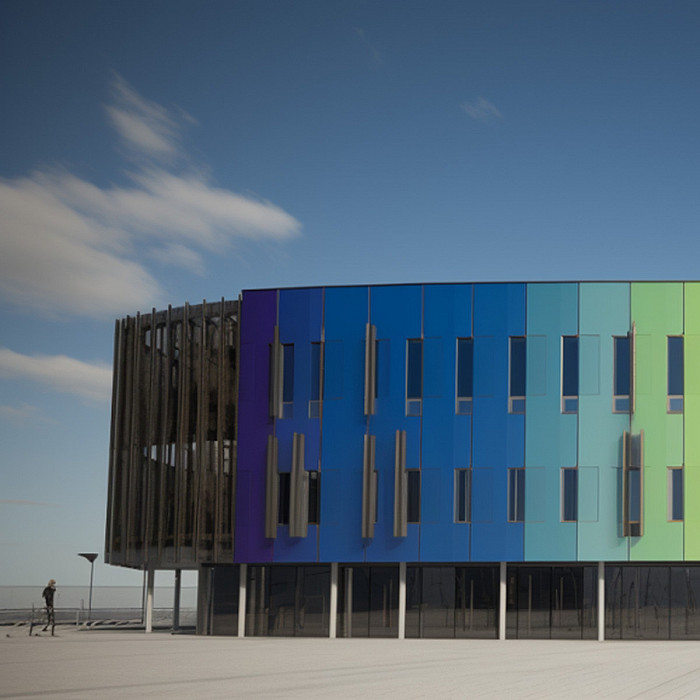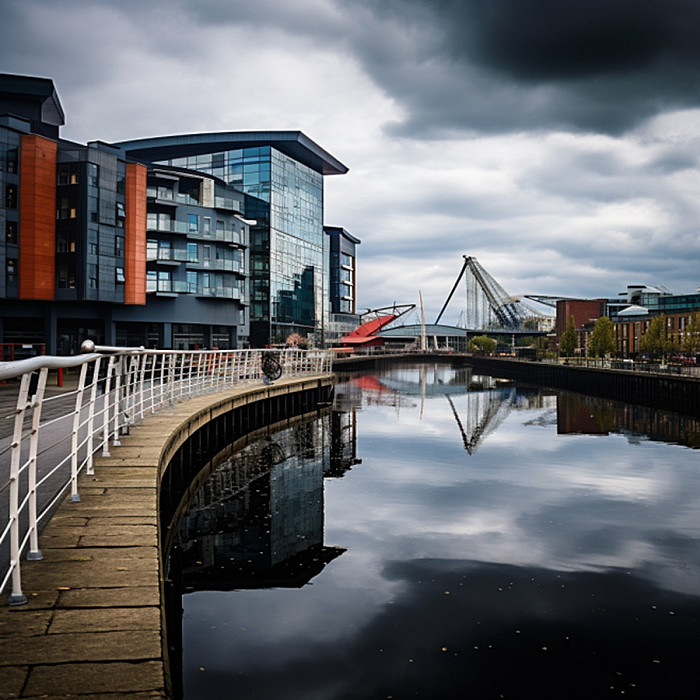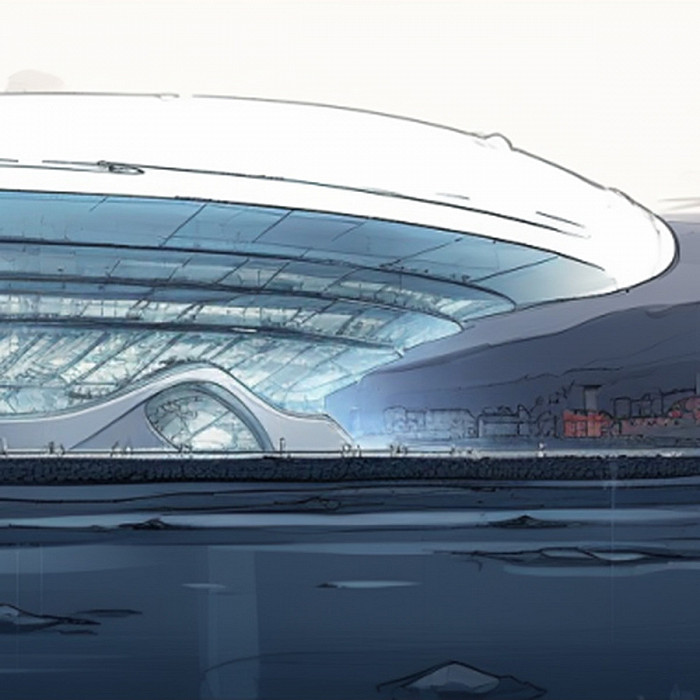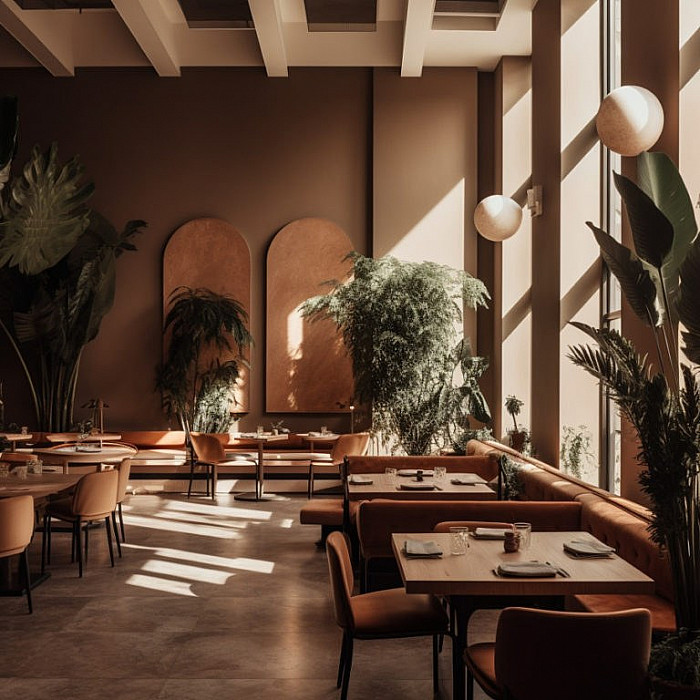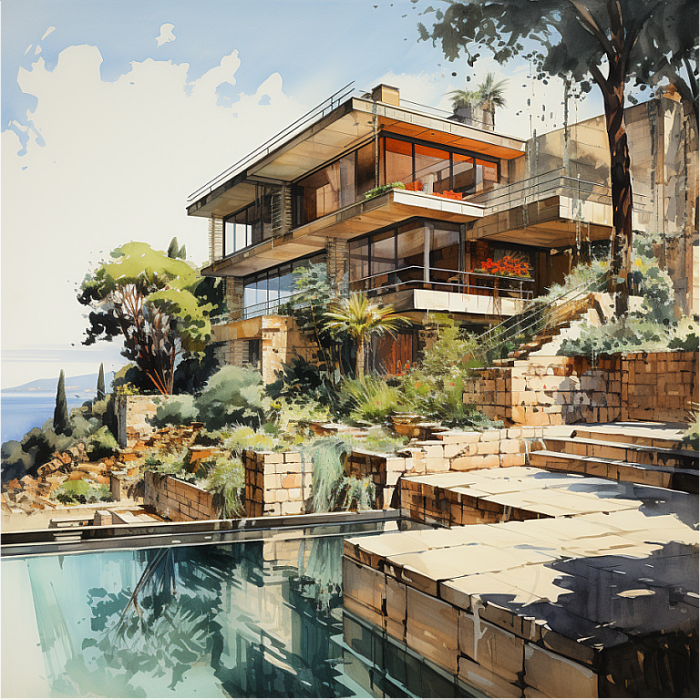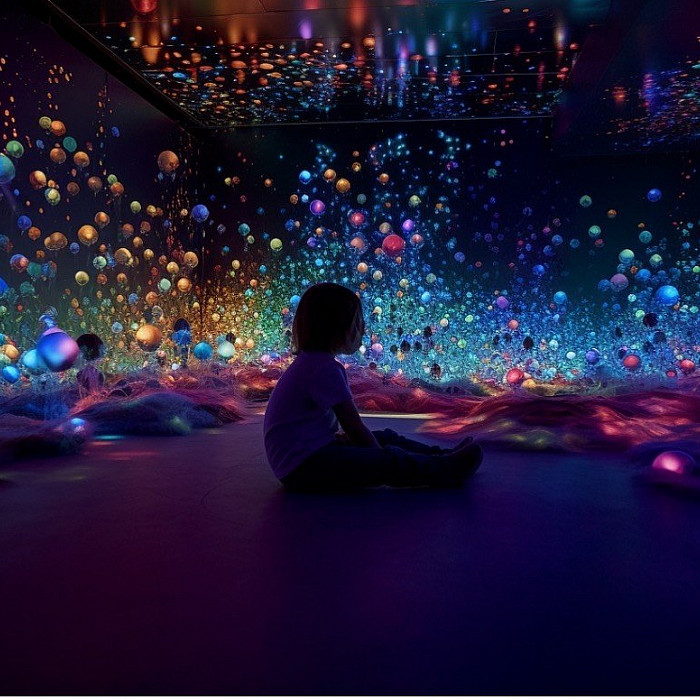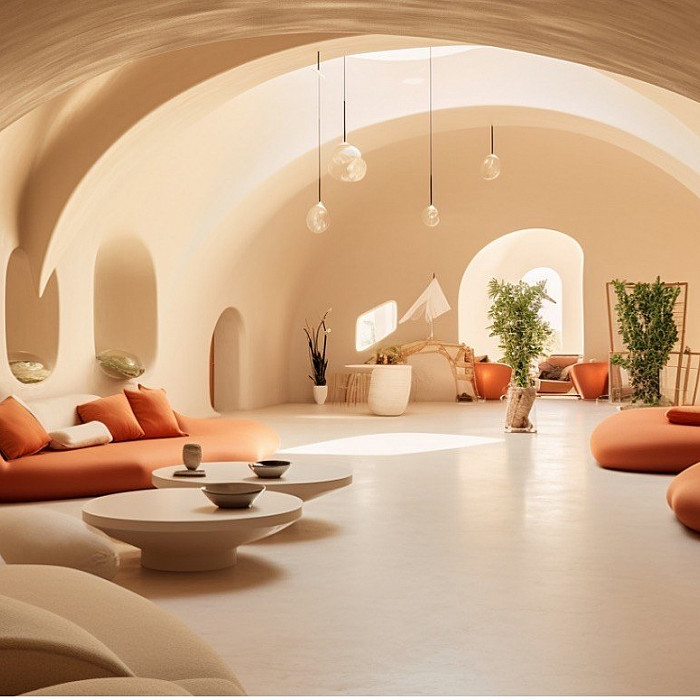Like most large practices, AFL Architects now uses AI in conjunction with traditional design practices and expertise within our daily lives to generate images for the front end of projects.
Of the AI text-to-image generation engines commercially available, Midjourney is our preference for its quality and easy manipulation. It helps us to explore new perspectives and understand the general perception of humans around the (informatised) world.
